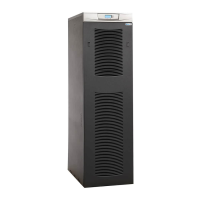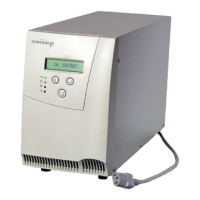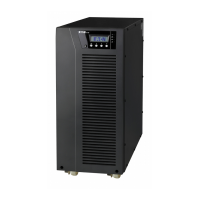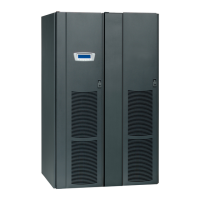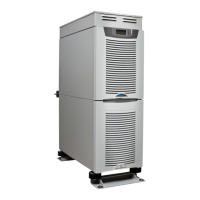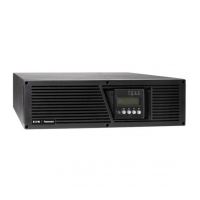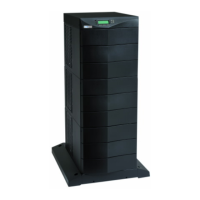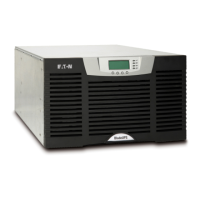Powerware Power Protection Handbook for IBM 9910 International System i and System p Applications
4
UPS Topologies: Online, Line-Interactive, and Standby
Online UPS Technology
Online UPSs are designed to provide complete power
protection. They isolate equipment from all types of power
problems by continuously regulating the AC power for your
systems.
Online UPSs isolate equipment from harmonic distortions and
are strongly recommended for critical applications that must
meet the 5%maximum harmonic requirement (stated in major
computer manufacturer specifications and installation guides).
Battery conservation is an essential factor for a customer
deciding to purchase an online UPS. An online UPS uses the
battery less often than any other UPS technology, therefore
increasing the life expectancy of the battery. Eaton’s robust,
state-of-the-art online UPS provides superior protection for
your communication and networking systems.
Note: Online UPSs provide protection from all 9 power
problems listed on page 5.
Line-Interactive UPS Technology
Line-interactive UPSs offer basic power protection at mid-
range prices. In addition to protection against power failures,
power sags and power surges, line-interactive UPSs protect
against brownouts and electrical line noise. This design offers
low-grade voltage regulation by “boosting” the utility voltage up
or down before passing it through to your electronic system.
Note: Line-interactive UPSs do not provide protection from
power problems 6 – 9 (see page 5).
Standby UPS Technology
Standby UPSs are intended to provide a low price solution for
power failures, power sags and power surges. Utility power is
provided during normal operation. Utility voltage and frequency
changes are not regulated by the UPS and pass through to the
equipment. When voltage or frequency changes become too
severe, the UPS converts DC battery power to AC power to
run the equipment.
Standby UPSs provide protection from simple power problems
as described in items 1, 2 & 3.
Note: Standby UPSs do not provide protection from power
problems 4 – 9 (see page 5).
